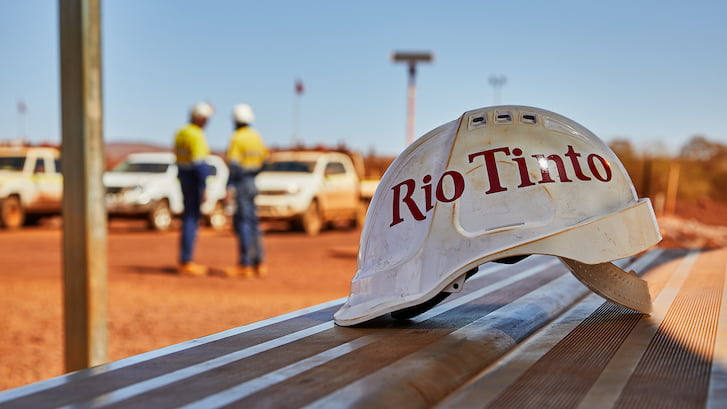While the Fair Work Commission’s anti-bullying provisions frequently capture the headlines, it is the occupational health and safety provisions that primarily establish the obligations on businesses to ensure their workplace is free from such behaviours.
In WA the Occupational Safety and Health Act provides a general obligation on employers to provide a safe workplace, as well as establishing responsibilities on workers not to adversely impact on the safety of others.
To help employers comply with this general obligation, a code of practice on bullying at work sets out several requirements and recommended actions.
Because of a need to be seen to be acting on the issue, in 2013 the then Labor Federal Government established the anti-bullying provisions within the Fair Work Act which allows the FWC to make order to stop workplace bullying.
These provisions largely replicated the range of enforcement activities that could already occur under relevant safety legislation at a significantly higher cost to taxpayers.
The FWC’s experiences in dealing with these complaints show that there is significant confusion amongst workers as to what bullying is, with 49 per cent of applications being withdrawn prior to conciliation.
This is occurring as part of a triage system in which registry staff discuss applications with employees and encourage those with unmeritous claims to withdraw them.
This reinforces CCI’s long held position that the FWC anti-bullying provisions should be repealed, with the money spent on this system used to help employers and employees understand and address the issue of bullying, which would address the limited practical assistance being provided by the Government to help address the issue.
Employers’ obligations to employees is further compounded by the relevant state and federal discrimination and harassment laws which impose the risk of significant penalties should bullying behaviour present itself as sexual or racial harassment or result in an employee being discriminated against.
With different definitions and responsibilities these provisions add additional complexity for employers seeking to understand their obligations and in establishing clear policies and procedures for their employees.
When dealing with bullying and harassment complaints employers ultimately want to know what action can they take against an employee found to be engaging in such behaviours.
Frequently, the unfair dismissal provisions have acted as a roadblock for businesses seeking to remove employees who are a risk to other workers, with there being a number of examples where the FWC has found that an employee was unfairly dismissed in circumstances where other courts and tribunal have held an employer responsible for an employee’s harassment of another worker.
This leaves many employers in a quandary about what action they can take against a workplace bully despite their obligations to his/her victims, especially in relation to behaviours that have occurred outside of working hours.
The complexity of these legislation obligations has continued to make it more difficult for employers to proactively focus on addressing workplace bullying.
► Learn how to confidently manage bullying, workplace investigations and many other IR issues at the CCI IR Master Class from May 8 to 12.









